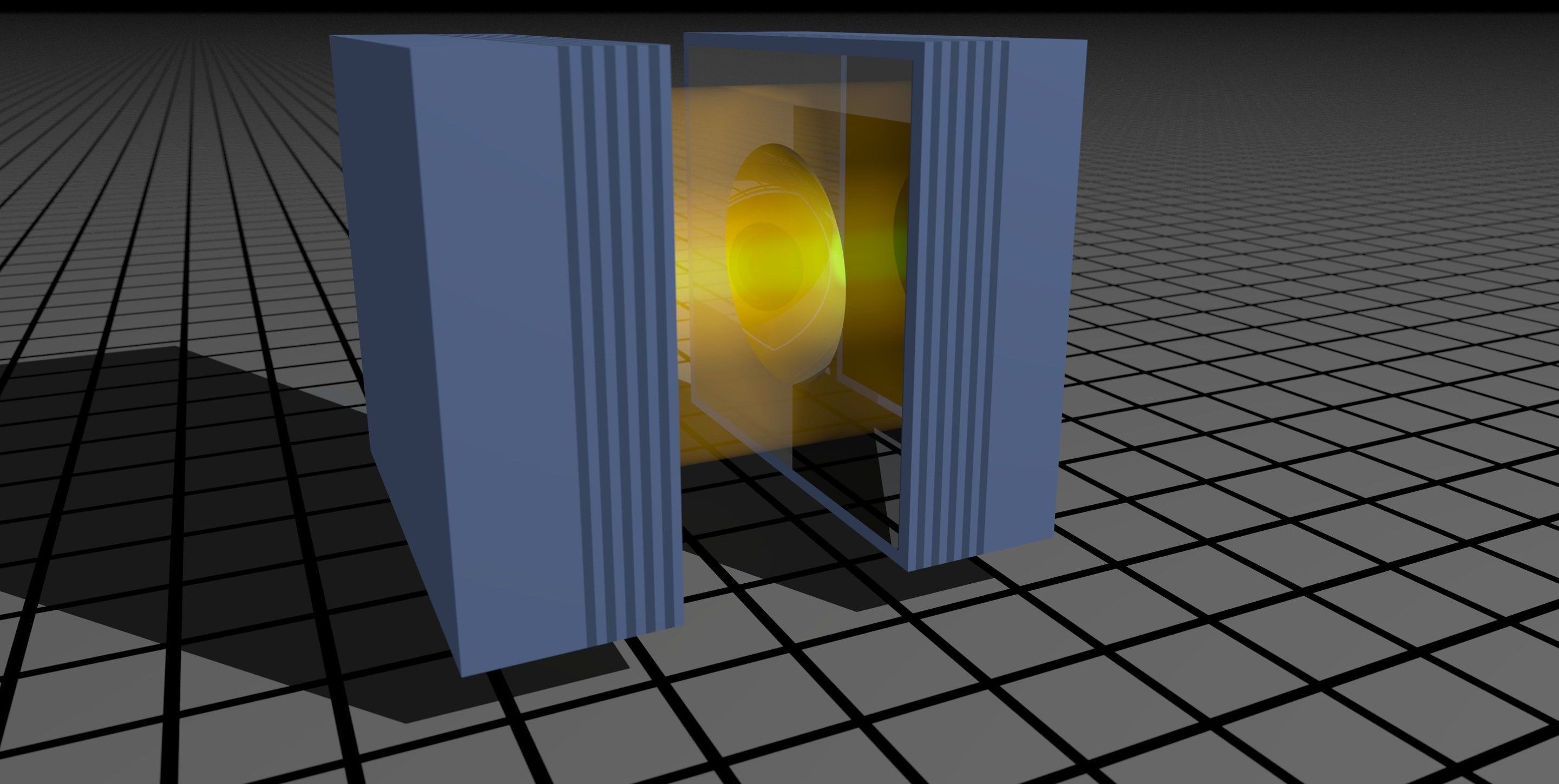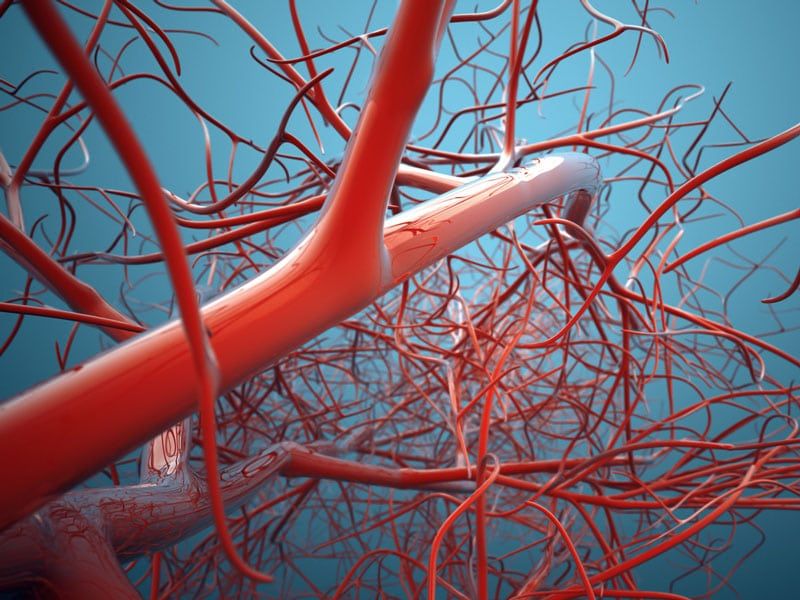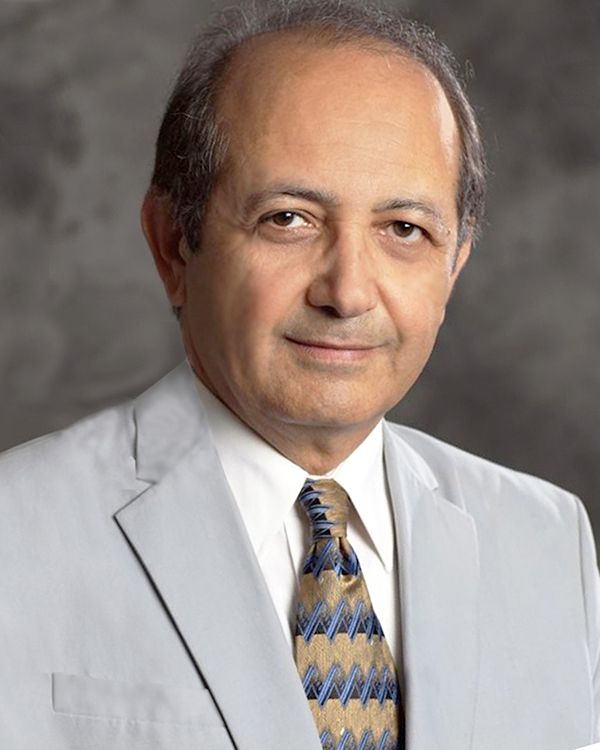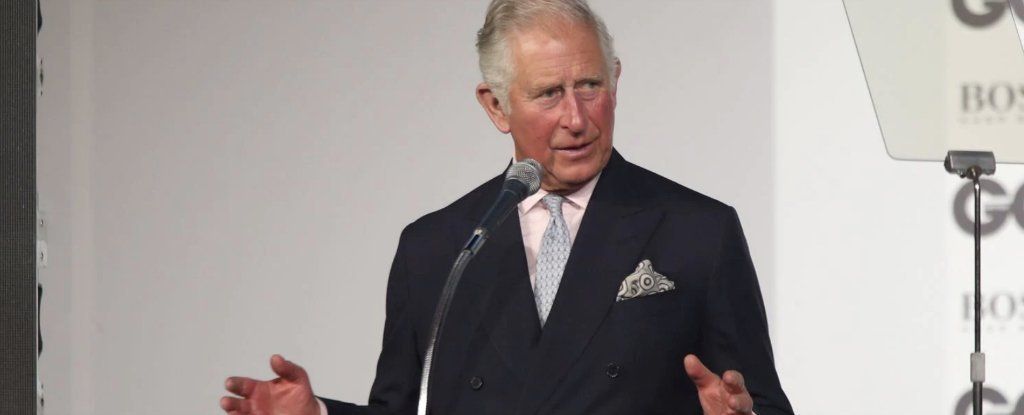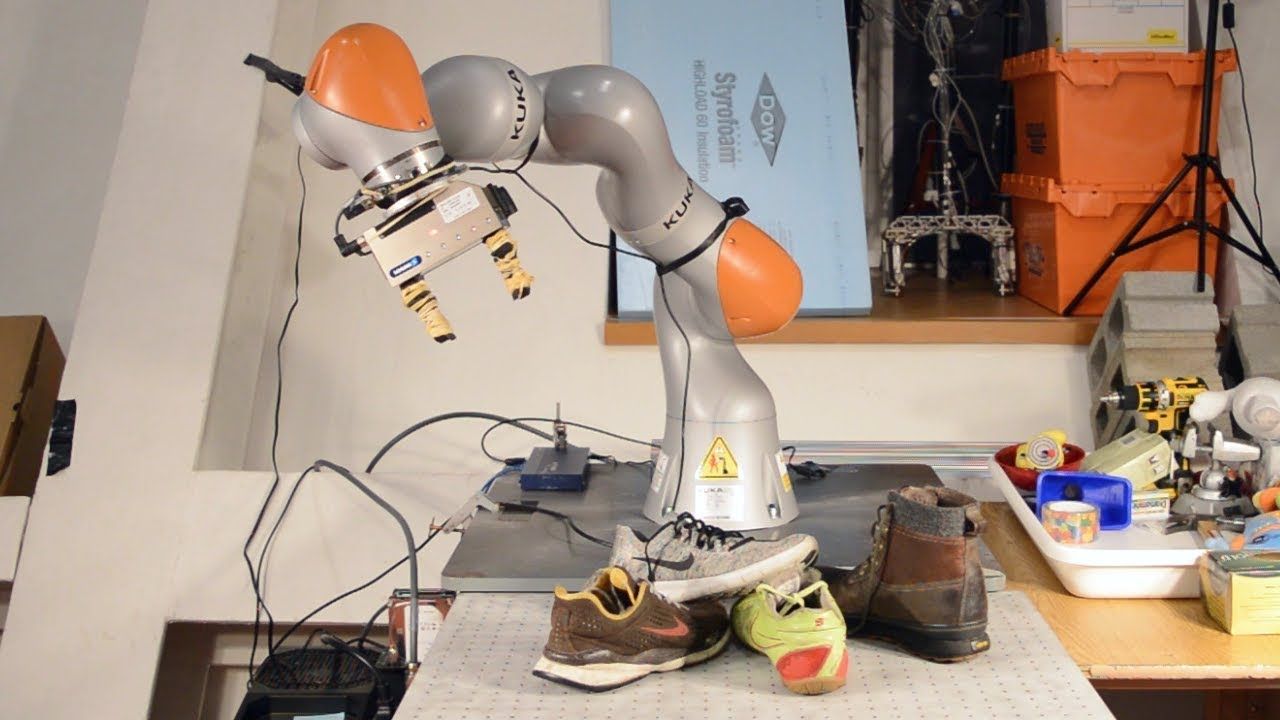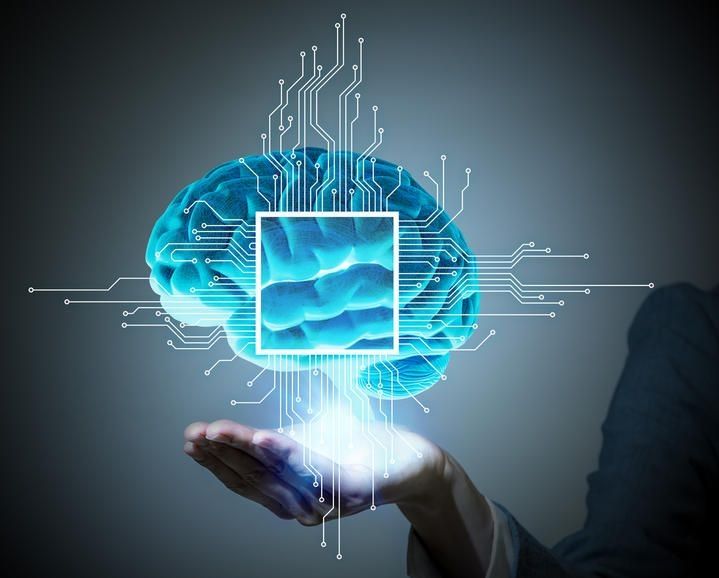“Philosophers Have Been Preparing for this Moment for Thousands of Years.” ~ Yuval Noah Harari.
Bari Weiss, Op-Ed staff editor and writer at The New York Times, will join Yuval Noah Harari, historian, philosopher and international best-selling author of “Sapiens” and “Homo Deus” for a thought-provoking evening of conversation. Harari’s new book, “21 Lessons for the 21st Century” untangles political, technological, social and existential issues. It clarifies the most important questions humankind faces today, and empowers all of us to help answer them. His provocative insights on the most pressing issues of the day have won him fans ranging from Bill Gates and Barack Obama to Natalie Portman and Janelle Monáe.

